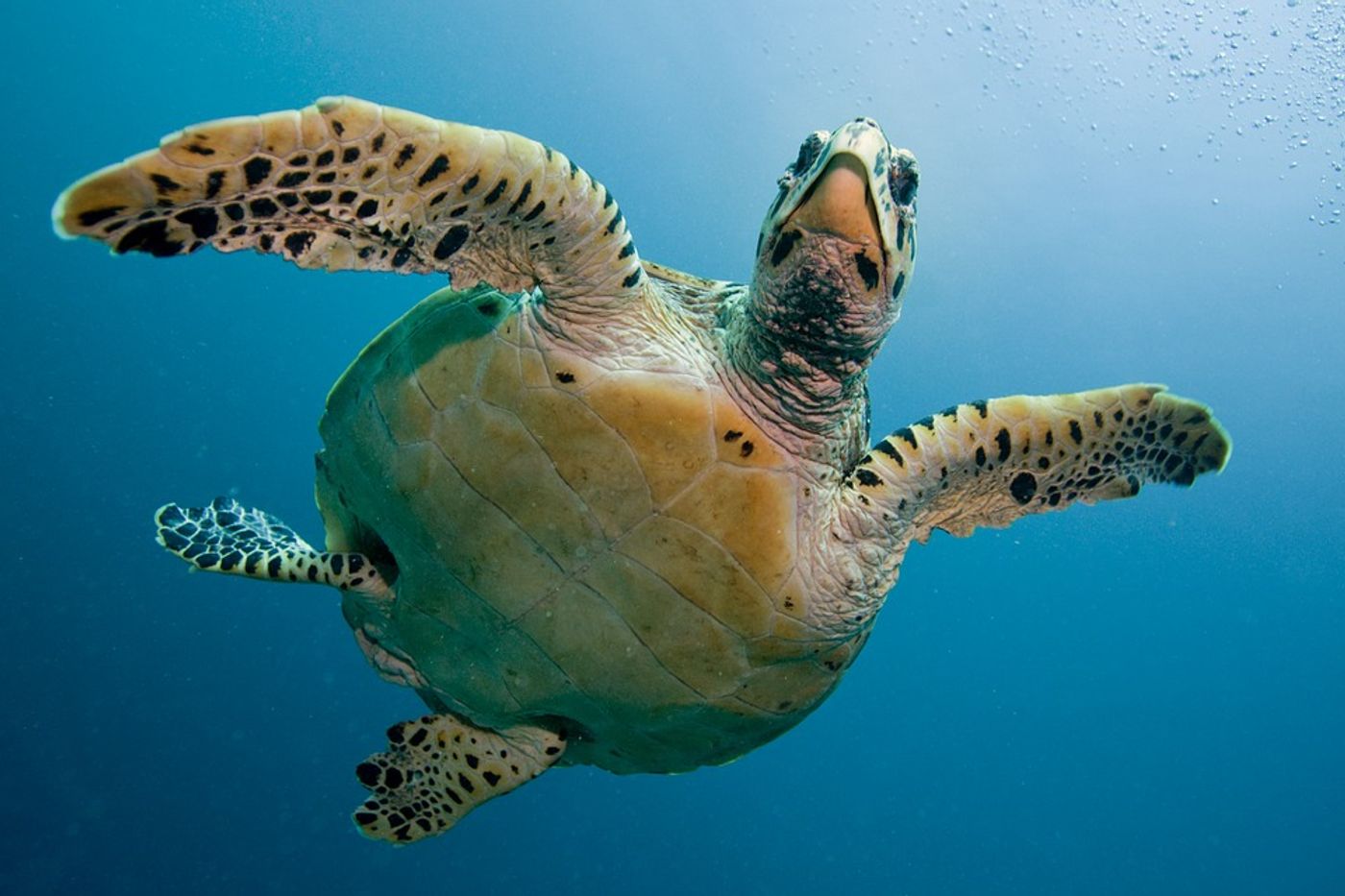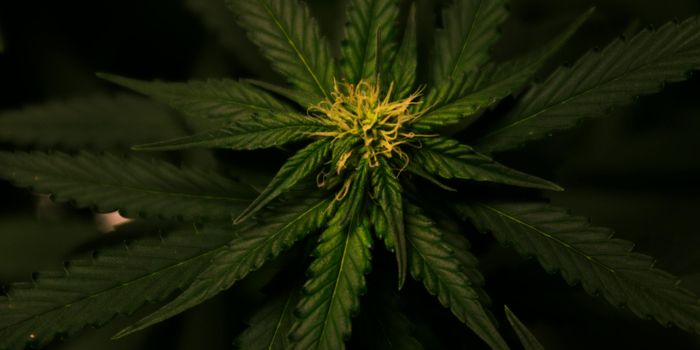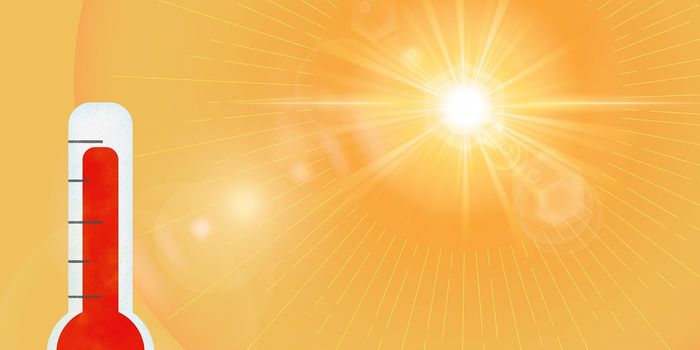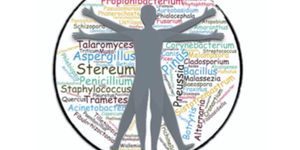Marine Animal Plastic Ingestion Data Leaves a Lot to be Desired
Most people would agree that plastic pollution is a problem that we can no longer afford to ignore; especially in that of our oceans. The rate at which unsuspecting wildlife ingests plastic after mistaking it for food is rising, and this is an alarming thought for conservationists and animal lovers alike.
Endangered sea turtles are among some of the most vulnerable animals regarding plastic ingestion, but as a new study published this week in the journal Environmental Science and Technology points out, that’s about where our knowledge on the subject ends.
Image Credit: Pixabay
As it would seem, there’s a severe data deficiency concerning plastic pollution-related marine animal deaths. While there’ve been well over 131 studies conducted since 1970 documenting the presence of plastic debris in deceased animals’ bellies, more than 60% of those failed to quantify the amount of plastic or identify the impacted animal’s species and/or size.
"This, unfortunately, makes many of these past turtle studies worthless to those wanting to know where ocean debris is occurring in large amounts and what species are the most in need of conservation," explained study lead author Jennifer Lynch of the National Institute of Standards and Technology (NIST). "It can be frustrating."
Related: Another whale succumbs to ingesting plastic pollution
These details may seem trivial at first glance, but as the researchers point out, they’re actually rather vital.
Earth is home to several sea turtle species, each of which resides in different parts of the world. By understanding which species are most impacted by plastic debris ingestion, experts can better predict where the bulk of plastic pollution resides and act accordingly. Furthermore, experts could better understand how much plastic it takes to down a sea turtle.
"But right now, we don't know the thresholds," Lynch added. "We don't know at what point plastic causes physiological, anatomical or toxicological impacts on these creatures."
Related: The entire stomach of this beached whale was filled with plastic bags
Given just how much data these studies are lacking, they’re fundamentally useless to researchers who want to explore whether a particular species is more vulnerable to plastic pollution or if age has anything to do with it. And to make matters worse, they don’t help researchers identify the world’s plastic pollution hotspots in any way either.
Some more recent studies have attempted to take these details into account, but it’s only useful for conservation if everyone is doing it.
"Plastic litter is one of the few contaminants that can be seen with the naked eye … If we improve our methodologies and data collection points and standardize our reporting and analysis, we will likely gain more useful info out of the process for managing our oceans and our garbage," Lynch concluded.
With a little luck, perhaps future studies will take these comments and criticism into consideration so that animal conservationists can do their jobs more effectively. Of course, only time will tell.









